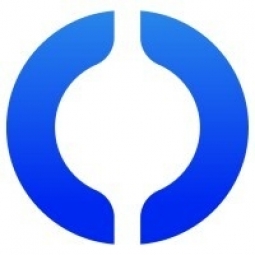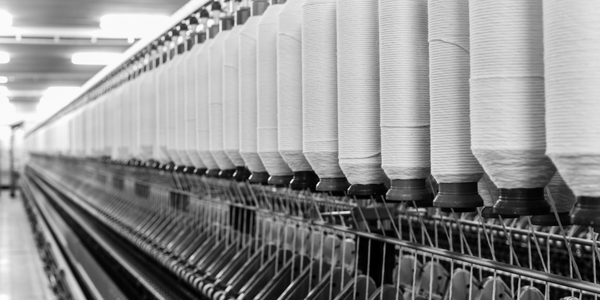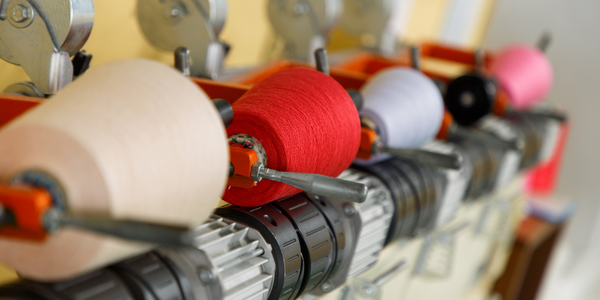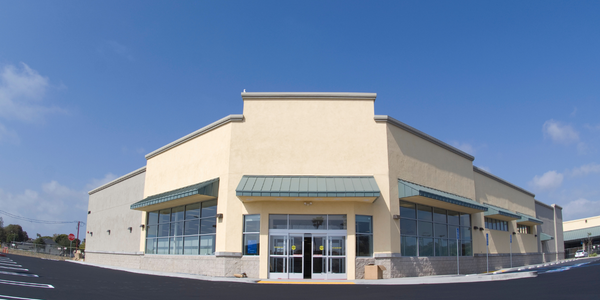Fishbowl is a Perfect Fit for Tunaskin Aquatic Apparel, Leading to More Online Sales and Greater Efficiency in Manufacturing

公司规模
SME
地区
- America
国家
- United States
产品
- Fishbowl Manufacturing
技术栈
- Inventory Management System
实施规模
- Enterprise-wide Deployment
影响指标
- Revenue Growth
- Productivity Improvements
技术
- 功能应用 - 库存管理系统
适用行业
- 服装
适用功能
- 离散制造
- 销售与市场营销
用例
- 库存管理
服务
- 系统集成
关于客户
Tunaskin Aquatic Apparel was co-founded by Mitch Fusek and Bill Bronsord in 2010. The company was born out of their knowledge and experience with aquatic sports, and they aimed to design clothing that would be an ideal fit for athletes of the sea. The company started with just the two of them, but has since expanded to more than 20 employees. They have three stores in southern Florida, located in Fort Myers Beach, Key West, and Sarasota. The company's quick expansion has been primarily through their own efforts without outside interference. They are in the aquatic sports industry and focus on getting people out in the water. They have been growing organically, without seeking big investors.
挑战
Tunaskin Aquatic Apparel, a company that designs clothing for aquatic sports, was in need of a powerful inventory management solution that could keep up with their comprehensive operations. The company manufactures, wholesales, and also operates brick-and-mortar stores and an online platform. They were looking for a system that could grow with them and help manage all these aspects of their business. They wanted to have a system in place that could help them track their finished goods and know the right times to restock.
解决方案
Tunaskin found the solution they were looking for in Fishbowl Manufacturing. This system offered them the flexibility they needed, with a feature set that could grow with them. They were able to gain access to the tools they needed at that time, with the promise of more advanced features in the future when they would need them. Fishbowl Manufacturing provided them with the ability to manage their manufacturing and wholesaling, in addition to their brick-and-mortar stores and website. It also helped them keep track of their finished goods so they knew the right times to restock.
运营影响
数量效益

Case Study missing?
Start adding your own!
Register with your work email and create a new case study profile for your business.
相关案例.

Case Study
Fire Alarm System and Remote Monitoring Sytem
Fire alarm systems are essential in providing an early warning in the event of fire. They help to save lives and protect property whilst also fulfilling the needs of insurance companies and government departments.Fire alarm systems typically consist of several inter-linked components, such as smoke detectors, heat detector, carbon monoxide, manual call points, sounders, alarm and buzzer. The fire alarm system should give immediate information in order to prevent the fire spread and protect live and property.To get maximum protection a shoe manufacturer in Indonesia opted for a new fire alarm system to monitor 13 production sites spread over 160 hectars. Although the company had an existing fire alarm system, it could not be monitored remotely.It was essential that the new system would be able to be monitored from a central control room. It needed to be able to connect to the existing smoke detector and manual call point. Information should be easily collected and passed on to the Supervisory Control and Data Acquisition (SCADA) system. Furthermore, the system should have several features such as alarm management, auto reporting, being connected to many client computers without additional cost, and run 24/7 without fails. The company also needed a system which could be implemented without changing the architecture of the existing fire alarm system.

Case Study
IoT Applications and Upgrades in Textile Plant
At any given time, the textile company’s manufacturing facility has up to 2,000 textile carts in use. These carts are pushed from room to room, carrying materials or semi-finished products. Previously, a paper with a hand-written description was attached to each cart. This traditional method of processing made product tracking extremely difficult. Additionally, making sure that every cart of materials or semi-finished products went to its correct processing work station was also a problem. Therefore, the company desired an intelligent solution for tracking assets at their factories. They also wanted a solution that would help them collect process data so they could improve their manufacturing efficiency.

Case Study
Retailer Uses RFID Scanner to Improve Efficiency
Patrizia Pepe wished to improve the logistics of their warehouse: accepting incoming goods from their production sites, movement of items throughout
the warehouse, and packaging of goods for distribution to the retail locations. They initially tried to use barcodes for this function. Because barcodes must be individually scanned within a line-of-sight, the acceptance of goods coming into the warehouse was too time consuming. Working with the University of Florence, Patrizia Pepe instituted a five-month pilot project beginning in August of 2009 to test the validity of an RFID solution. The pilot involved tagging of about 60,000 items for the second seasonal collection, and convinced the company to move forward with tagging all items.

Case Study
Monitoring and Controlling Automatic Mixing and Dispensing Machines
As technology advances, textile manufacturing has been transformed from a labor-intensive to a partially or fully automated industry. Automation is significant in all segments of textile production - from spinning to printing, and textile machinery manufacturers are constantly searching for new technologies and automation processes will increase the productivity of their machines. The color paste mixing and dispensing machine is an essential part of the printing and dyeing process. With the advantage of automatically computerized controls and database management, the system can significantly improve its dispensing precision, working efficiency and production quality as well as reducing material consumption.








